Blue Eye Samurai review: A riveting samurai saga set in post-Feudal Edo-era Japan
Netflix has delivered yet another groundbreaking animated series that excels on several fronts
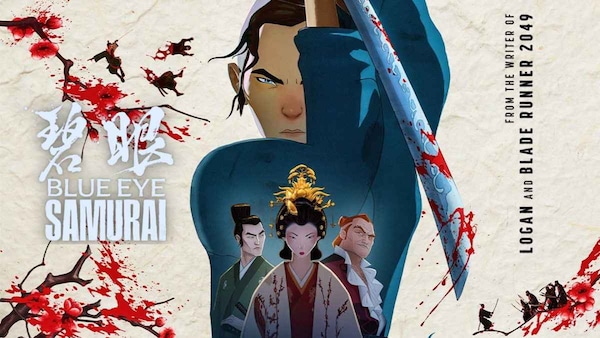
Last Updated: 02.33 AM, Feb 28, 2024
Story: Mizu (Maya Erskine), a young blue-eyed mixed-raced Samurai is wreaking havoc across 17th-century Japan seeking vengeance. At a time when Japan closed its borders to outsiders and mixed-race individuals are considered to be ‘monsters’ or ‘impure’, Mizu is forced to live in solitude under a false identity. Mizu leaves a bloody trail of limbs and bodies in search of the only four white men in Japan at the time – four individuals who deal in weapons, drugs, and sex trafficking.
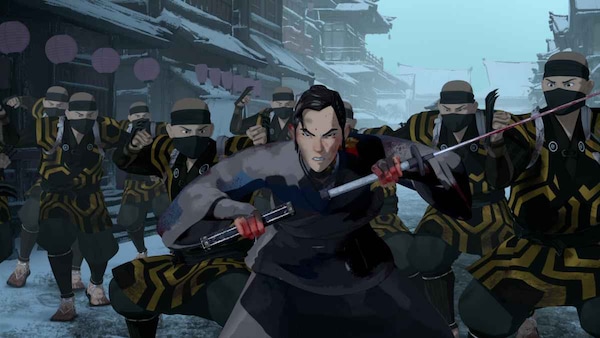
Review: It has only been over a week since Netflix released Pluto, which is arguably one of the best animated shows/anime of 2023. But it appears Netflix may have released another animated series in the space of a week that could rival Pluto. Blue Eye Samurai, is not a Japanese anime, but an American production featuring a Japanese story. And the release of the animated series may have flown under the radar. But the months of October and November feature the releases of some of the most exciting animated shows. Apart from Pluto and Blue Eye Samurai, the second season of the critically acclaimed Invincible also premiered recently, while Scott Pilgrim Takes Off is set to release on November 17 on Netflix. However, the recent animated show that could truly rival Pluto and Blue Eye Samurai is the Max original animated series Scavengers Reign.
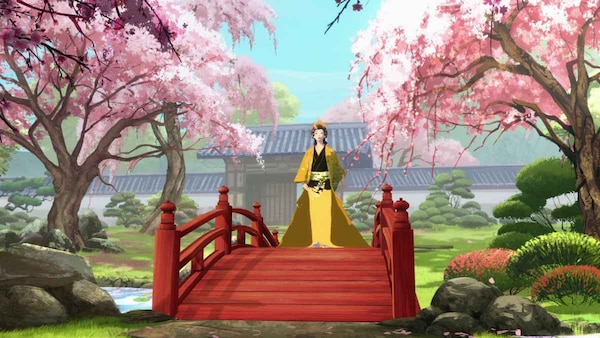
The one aspect where Blue Eye Samurai is evidently superior when compared to the other stellar animated titles that have been released recently, is in its art style and animation. Blue Eye Samurai is arguably on par with Arcane in terms of how it has executed a groundbreaking animation with stunning visuals. The fight sequences will leave one glued to the screen, despite the grotesque violence and gore. In fact, it could be argued that the violence depicted in these are almost artistic. Those familiar with Japanese history or even the hit video game Ghost of Tsushima will have a fairly reasonable grasp of samurais, daimyos (feudal lords), and the Shogun. But most importantly they would be accustomed to the picturesque landscape of Feudal and Edo era Japan, which Blue Eye Samurai has leaned on to add additional flair to the story. And just like Ghost of Tsushima, the frames of Blue Eye Samurai are simply breathtaking.
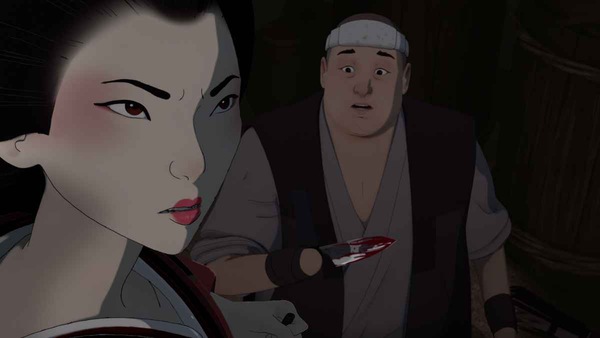
While aesthetics can certainly elevate any film or TV show, a bland plot could potentially render any gorgeous frame redundant. Fortunately, the excellent art style of Blue Eye Samurai has a compelling story to accompany it. The narrative is abundant with thought-provoking subtexts as well as conspicuous themes that explore multiple socio-political ideas about gender, sexuality, race, feminism, individuality, xenophobia, and imperialism. Creators and showrunners, Michael Green and Amber Noizumi, deserve credit for not forcing this period story to fit into contemporary social standards. It is something several recent live-action TV shows have been guilty of where grounded realism in period dramas is sacrificed for the sake of being politically correct.
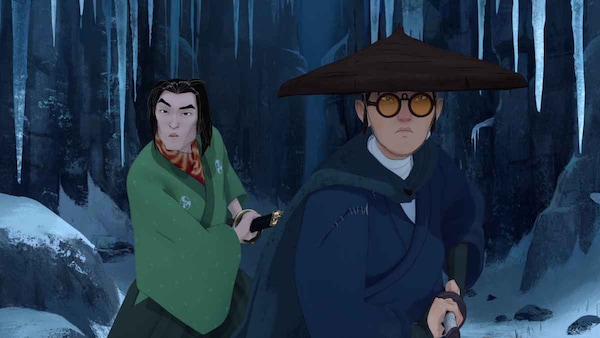
Blue Eye Samurai is the product of meticulous writing and carefully crafted animation and art style. A few minor narrative inconsistencies may have prevented it from being one of the greatest animated shows of all time. However, these are almost unnoticeable as the overarching story will leave one hooked to the screen from episode one till the finale. The story’s compelling characters have thoroughly fleshed-out arcs, elevating their individual journeys. The protagonist, Mizu, is a flawed and complex character, and she is forced to take the identity of a man on her journey of revenge. Through Mizu and Princess Akemi (Brenda Song), the narrative explores the plight of women in 17th-century Japan where they are shackled by societal norms – regardless of their position in the social hierarchy. Women from the upper echelons of society are used as mere bargaining chips to form alliances between powerful clans in the guise of marriage, whereas women from destitute families are forced to enter the flesh trade.
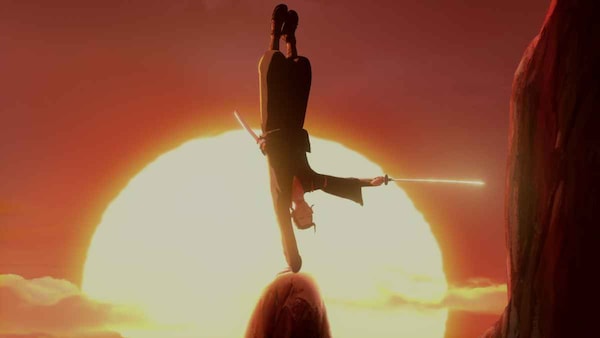
The writers have also used Mizu’s character as a conduit to explore Japan’s worldview of other ethnicities at the time. It opens up a very complex discourse on globalisation, imperialism, and the preservation of cultural identity. Mizu’s path of death and destruction doesn’t make her the most endearing character. However, Ringo (Masi Oka) and Akemi, two characters one would root for, are on a journey of self-discovery. Taigen (Darren Barnet) undergoes dramatic character development, where he goes from being entitled and petulant to a samurai with honour. But the most fascinating character is the primary antagonist Abijah Fowler, played by British screen legend Kenneth Branagh. He cuts a menacing figure and makes for a formidable adversary to Mizu. The entire voice cast, which also includes George Tekai, Randall Park, and Stephanie Hsu among others also deserve immense praise for capturing the essence of their respective characters. The climactic scenes set the tone for a second season, but it remains to be seen if Netflix will green-light it.
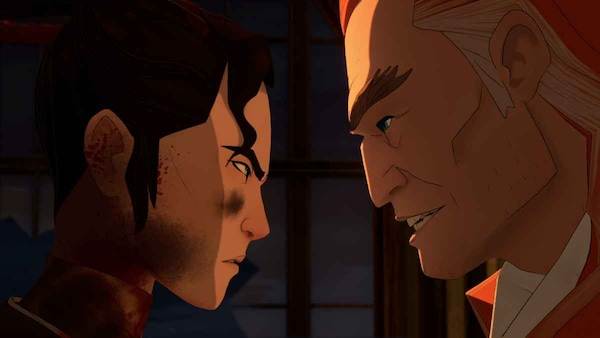
Verdict: Blue Eye Samurai is arguably one of the best animated shows of 2023. The Netflix series is a groundbreaking samurai saga set in Edo-era Japan with compelling characters and a riveting storyline. It also features breathtaking art style, animation, visuals, and action sequences, whilst also serving as a nuanced exploration of multiple social-political themes through subtext and symbolism.
Subscribe to our newsletter for top content, delivered fast.

